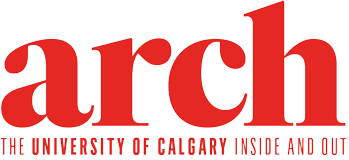Written by Jaelyn Molyneux
There are nearly 500 dairy farms in Alberta that produce more than 835 million litres of milk each year. That splash of milk in your coffee or cheese on your pizza got there through the efforts of a lot of expertise, including farmers, nutritionists, veterinarians, engineers, regulators and more. Their work comes together to develop a dairy-farming system that is constantly tapping into new research and technology that makes getting milk both high-tech and full of heart.
The dynamics of dairy captured the attention of the Simpson Centre for Food and Agriculture Policy at the University of Calgary and the School of Public Policy. It worked with Schulich School of Engineering to develop a virtual-reality (VR) experience that immerses curious city slickers in a dairy farm. When you strap on the VR headset, you are transported to the farm where you can explore the barn and get introduced to the pros who make a dairy farm run. See a rotary parlour milker and a calf nursery. Learn how cows eat, sleep and drink and how antibiotics are given.
The VR experience is a deep dive into dairy. Here, we wade into the shallow end with a few facts that will add some meaning to your morning cereal with milk.
One cow can fill the dairy fridge every day
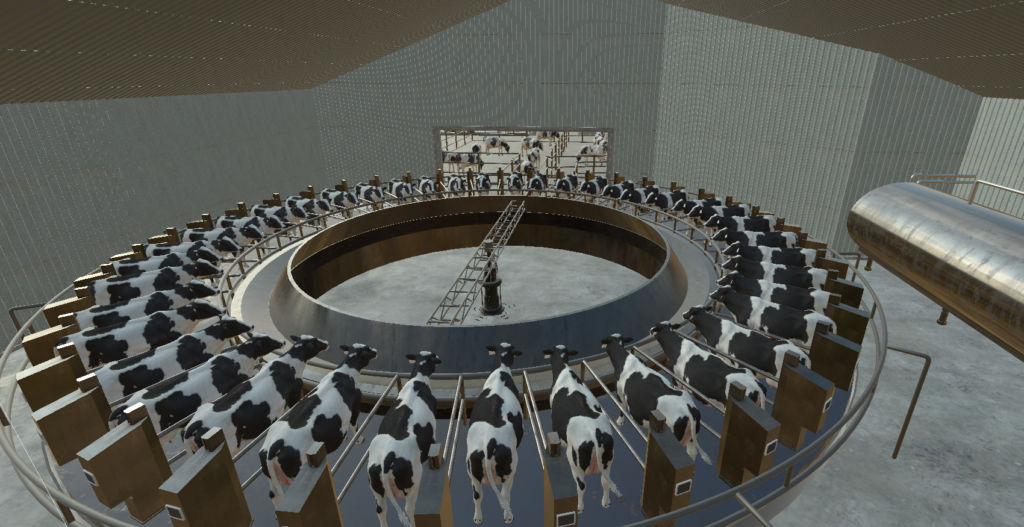
The average dairy cow produces an average of 30 litres of milk each day. On average, there are 125 cows on an Alberta dairy farm.
No added hormones and antibiotic-free labels don’t mean much for Canadian dairy
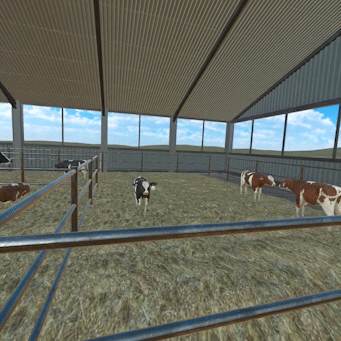
We can assume both things are always true for Canadian-produced dairy. Cows naturally have hormones, just like all multicellular organisms, so dairy can’t be hormone-free, but adding synthetic hormones is against Health Canada regulations.
It’s also against the law for antibiotics to end up in the milk on grocery-store shelves. Keeping cows healthy and infection-free means they sometimes get antibiotics, but a strenuous testing regime means not even a hint of antibiotics make it into our food supply. The milk from cows is collected and tested individually for all sorts of things. The milk produced by a cow being treated with antibiotics is immediately thrown in the garbage, and continues to be discarded for several days after the course of treatment is over.
There is a robot feed-pusher
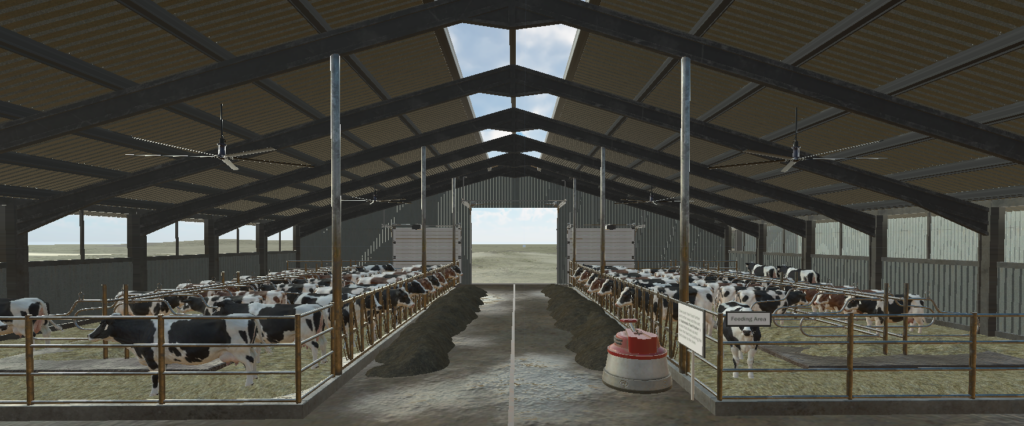
The feed-pusher is like a reverse Roomba. Instead of vacuuming up stray Cheerios your kid dropped on the floor, this robot paces back and forth up and down the feed alley and pushes the feed closer to the animals so they can reach the food. Just like the Roomba, the chore is hands-off and frees the farmers’ time so they can do other things.
There’s a big blender on the farm to create the ideal nutrient mix
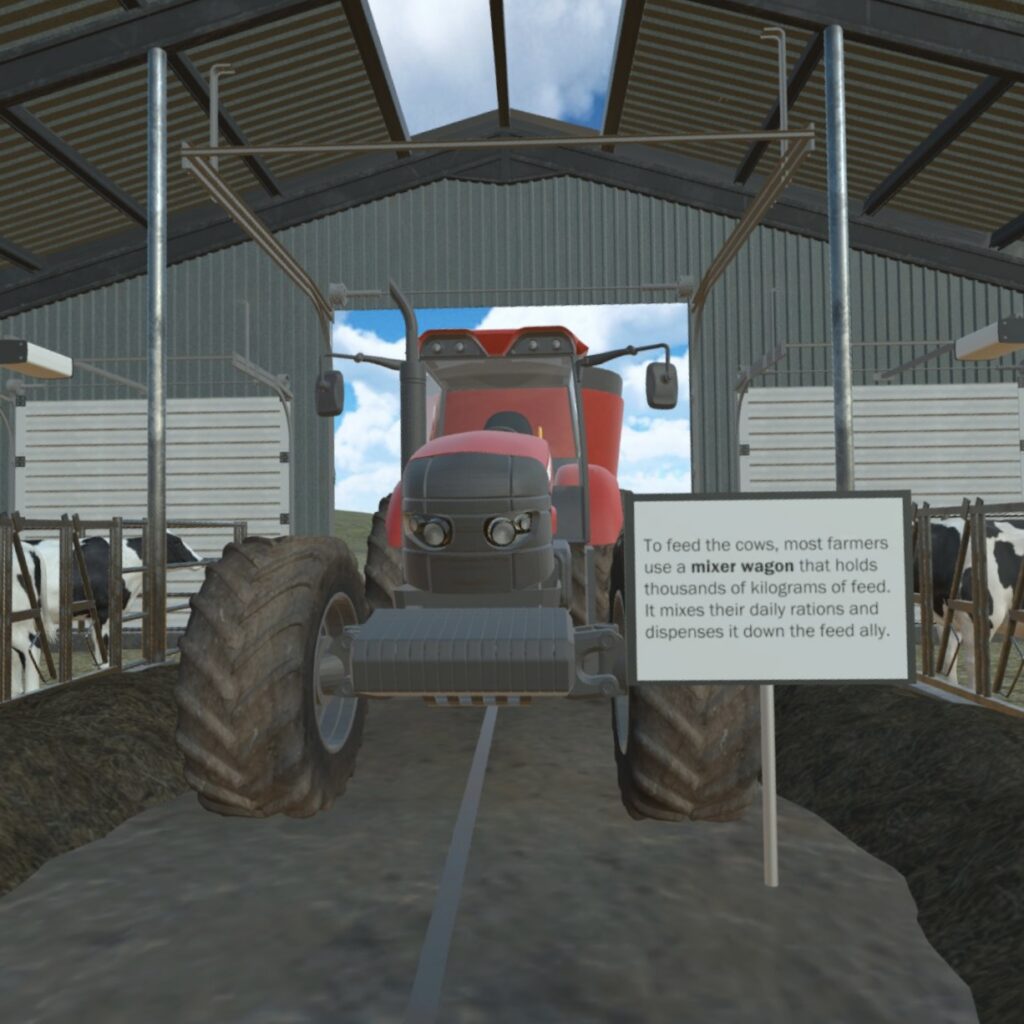
Most dairy farmers grow feed for their cows on the farm. But that mix isn’t good enough on its own. A nutritionist regularly visits the farm to test the nutrients in that farm-grown feed. They measure the micro- and macro-nutrients and add carbohydrates, protein, fats, vitamins and minerals to make sure the mix is just right. It’s like a giant, perfectly balanced breakfast shake that gets mixed together in the feed wagon.
Electronic tracking trumps counting spots

Once upon a time, dairy cows were identified by colour sketches, photographs, tattoos or branding. Now, every dairy cow across Canada is identified with a unique 15-digit ear tag registered to a nationally regulated system. Farmers know where the cow is, where it’s been, what it eats, how much milk it produces, its medical history and so much more. There is no margin of error for knowing which cow is which and everything about that cow’s milk is traced before its milk blends with the others in the holding tank.
The Virtual Reality Dairy Farm Experience will be at the Taylor Family Digital Library on the University of Calgary’s main campus from Nov. 7 to 9 and the Calgary Public Library’s Central location from Nov. 14 to 26. For more information on the experience, including hours visit website simpsoncentre.ca.
